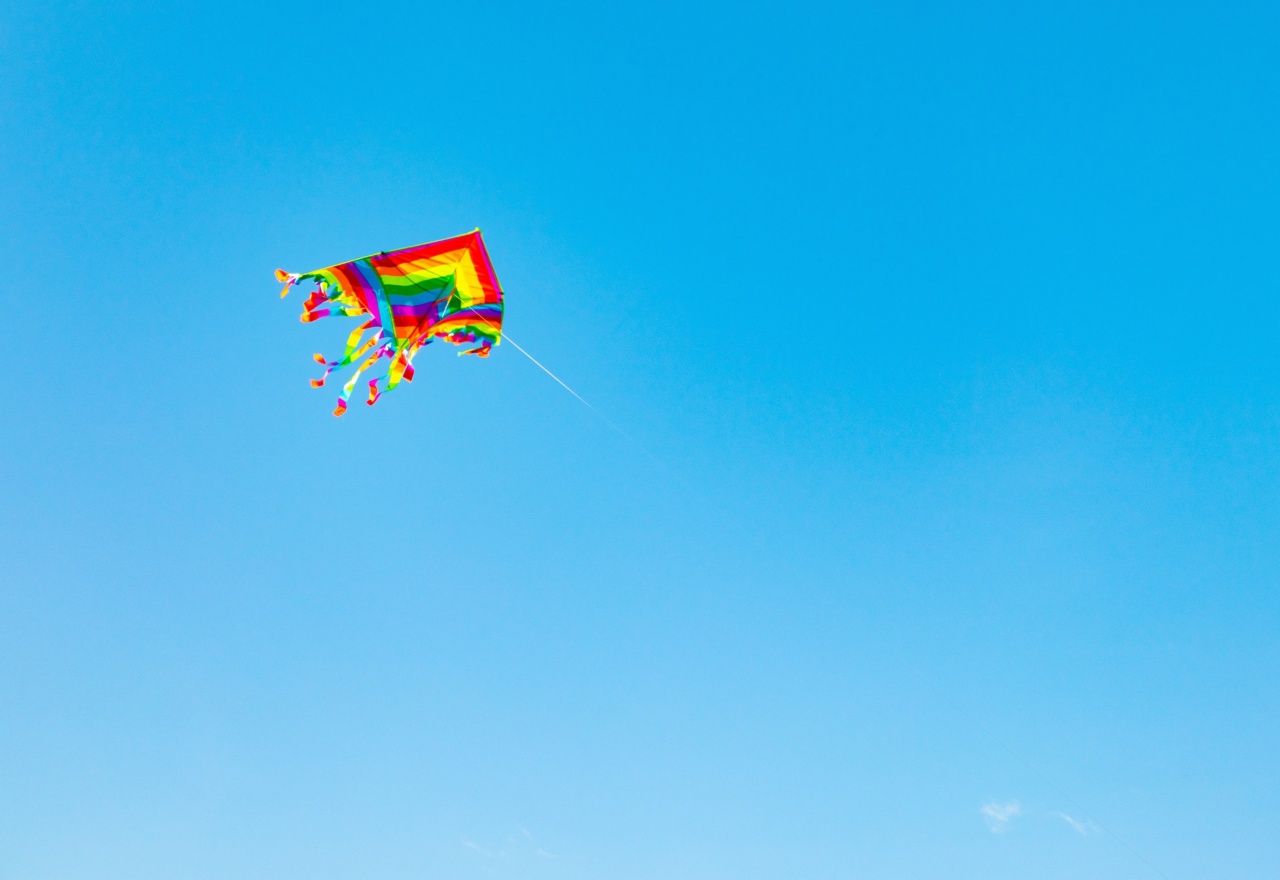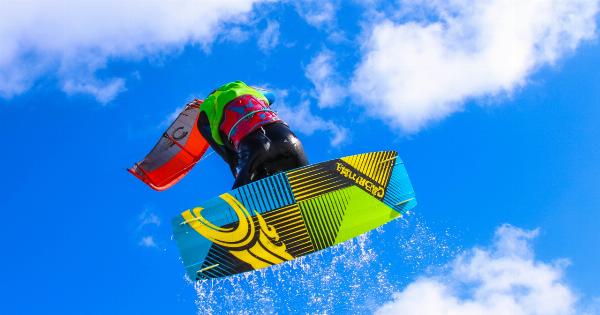Kite flying is a popular outdoor activity loved by people of all ages. It is a great way to spend time outside and enjoy the beautiful natural surroundings.
However, it is important to remember that kite flying can also be dangerous if proper safety precautions are not taken. In this article, we will provide you with 10 tips for safe and enjoyable kite flying.
Tip 1 – Choose the Right Location
The first and most important tip when it comes to kite flying is choosing the right location. Look for a wide and open space, free from trees, power lines, and other obstacles that can pose a risk to you or your kite.
Avoid flying your kite near crowded areas or near airports as it may interfere with airplane activity.
Tip 2 – Check the Weather Conditions
Before heading out to fly your kite, make sure to check the weather conditions. Avoid flying in rainy or stormy weather conditions as it can cause your kite to become unstable and pose a safety risk.
Additionally, avoid flying in high winds as it can make it difficult to control your kite.
Tip 3 – Choose the Right Kite
Choosing the right kite is essential for a safe and enjoyable flying experience. Make sure to choose a kite that matches your skill level.
Beginners should start with a simple, easy-to-fly kite, while more experienced flyers can opt for more advanced models. Ensure that the kite is age-appropriate for children and that it is not too heavy or too light for the wind conditions.
Tip 4 – Use the Right Materials
When it comes to kite flying, using the right materials is crucial. Avoid using metal strings or wires as they can conduct electricity and pose a significant safety risk. Instead, opt for high-quality, non-conductive materials such as nylon or polyester.
Additionally, ensure that all the components of your kite, including strings and tails, are in good condition and free from wear and tear.
Tip 5 – Give Yourself Enough Space
When flying your kite, make sure to give yourself enough space. Keep a safe distance between yourself and other people, as well as any obstacles that may pose a hazard.
Similarly, make sure to give your kite enough space to soar freely without getting tangled or caught on anything.
Tip 6 – Follow Basic Safety Rules
Following basic safety rules is critical when it comes to kite flying. Never fly your kite near power lines or in areas with low-flying aircraft. Additionally, make sure that you always have a clear line of sight to your kite to avoid accidents.
Lastly, avoid flying your kite during hours of darkness, as it can pose an increased safety risk.
Tip 7 – Use the Right Wind Direction
Knowing the direction of the wind is critical when it comes to kite flying. Always fly your kite with the wind and not against it. This will help keep your kite stable and reduce the risk of crashing or losing control.
Tip 8 – Learn Basic Kite-Flying Techniques
Learning basic kite-flying techniques is essential for a safe and enjoyable experience. Start by practicing launching and landing your kite, before moving on to more advanced techniques like figure-eight turns, loop-the-loops, and barrel rolls.
Always remember to keep a safe distance from other flyers and objects when performing advanced tricks.
Tip 9 – Always Have a Partner
Having a partner with you when flying your kite can make it safer and more enjoyable. Your partner can help you keep an eye on the kite and can assist you in launching, landing, and retrieving your kite.
They can also alert you if an obstacle or danger is approaching.
Tip 10 – Respect Others
Lastly, always respect others when flying your kite. Be mindful of other people’s space and avoid flying your kite too close to them or their belongings.
Additionally, respect the environment by ensuring you pick up any trash or equipment you bring with you, leaving the area clean and free from debris.































